Browsing the new Bronco section of Ford’s US website is a remarkably diverting way to spend time.
Ford’s reborn all-American off-roader comes in the kind of specification that made it famous in the 1960s and 1970s: with two doors, a removable hard roof and a chunky appearance that rather suits balloon tyres and bold colours. It’s a range tinged with nostalgia and even some humour: there’s a paint called Area 51.
However, unlike the original Ford Bronco, the new model is also offered in different styles – ones that give it the kind of practicality that it lacked in the 1990s and ultimately cost it its place in Ford’s model line-up at the time.
So here’s one with four doors. It has a soft top that can be half or fully removed, but a removable hard top is offered too. The doors also come off and it is a genuinely rugged 4x4, with a chassis beneath derived from the Ford Ranger pickup truck. This variant is a mid-spec Outer Banks 4dr. I’m not sure it totally nails the perfect Bronco aesthetic, but a few aftermarket additions would sort that.
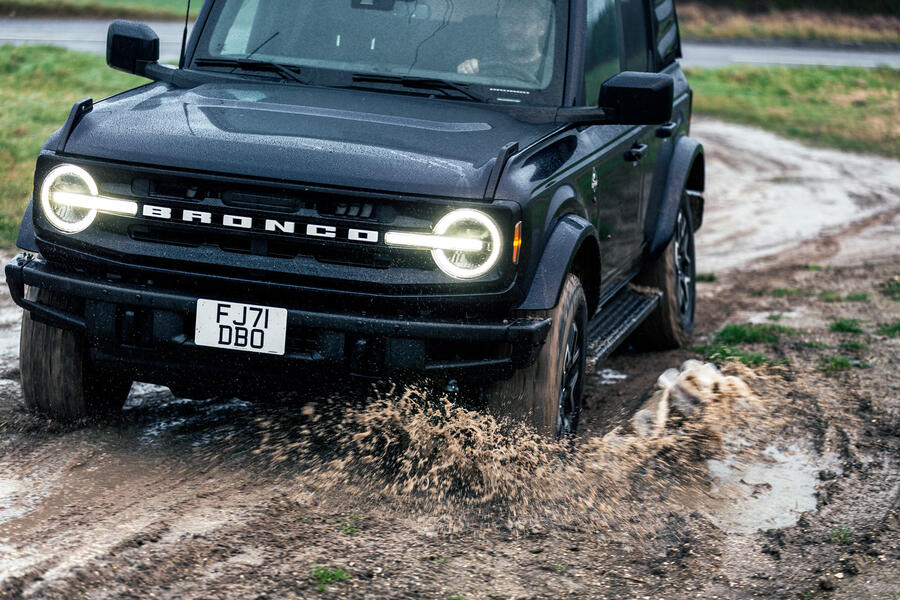
In its most direct terms, it’s a car designed to go up against, in its American homeland, the Jeep Wrangler – and prices reflect it.
The Jeep was originally designed as a military 4x4 but is one that, with the addition of different bodystyles and practicality and versatility, has kept pace with its surroundings in a way that the original Bronco generations didn’t.
By the time a new Bronco makes it to the UK, though, taxes, duties and getting it through the Individual Vehicle Approval test means that it has left the Wrangler behind in terms of pricing.
London-based dealer and American car import specialist Clive Sutton has this Bronco up at £75,000, which puts it above top-end Wranglers and against a car with a not-dissimilar backstory to the Bronco.

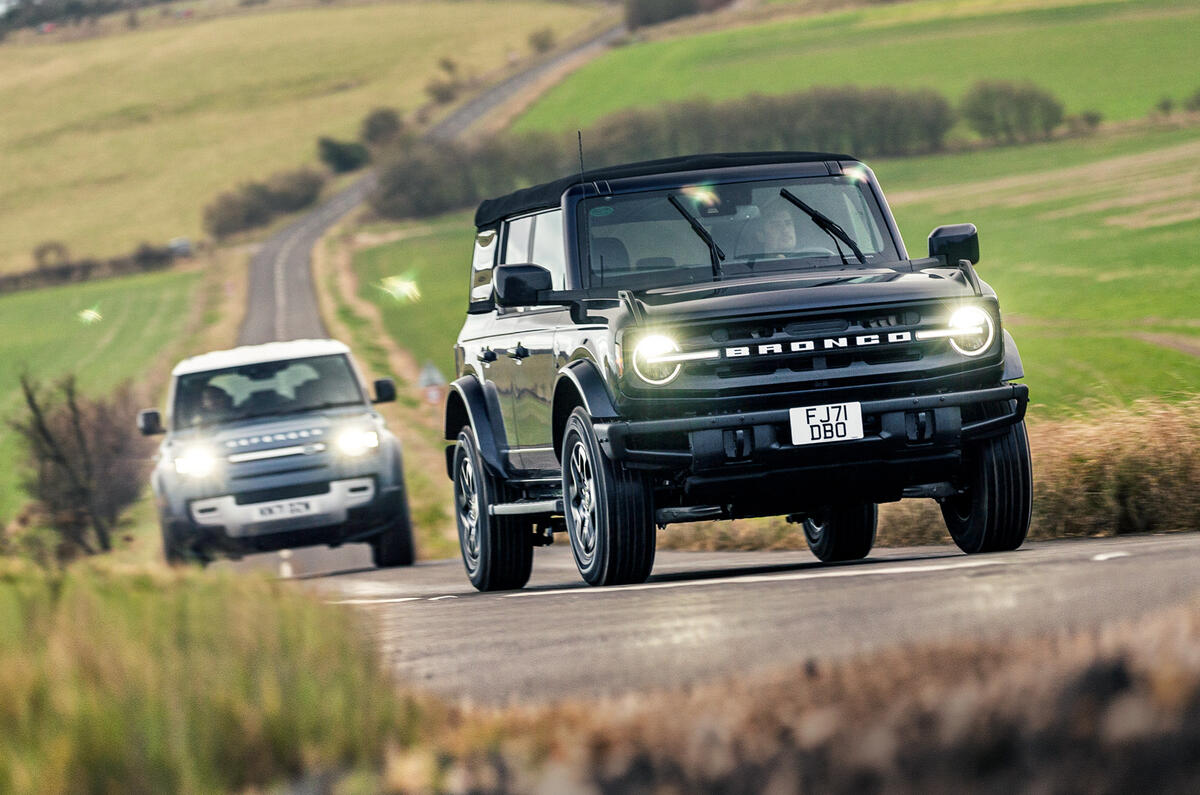
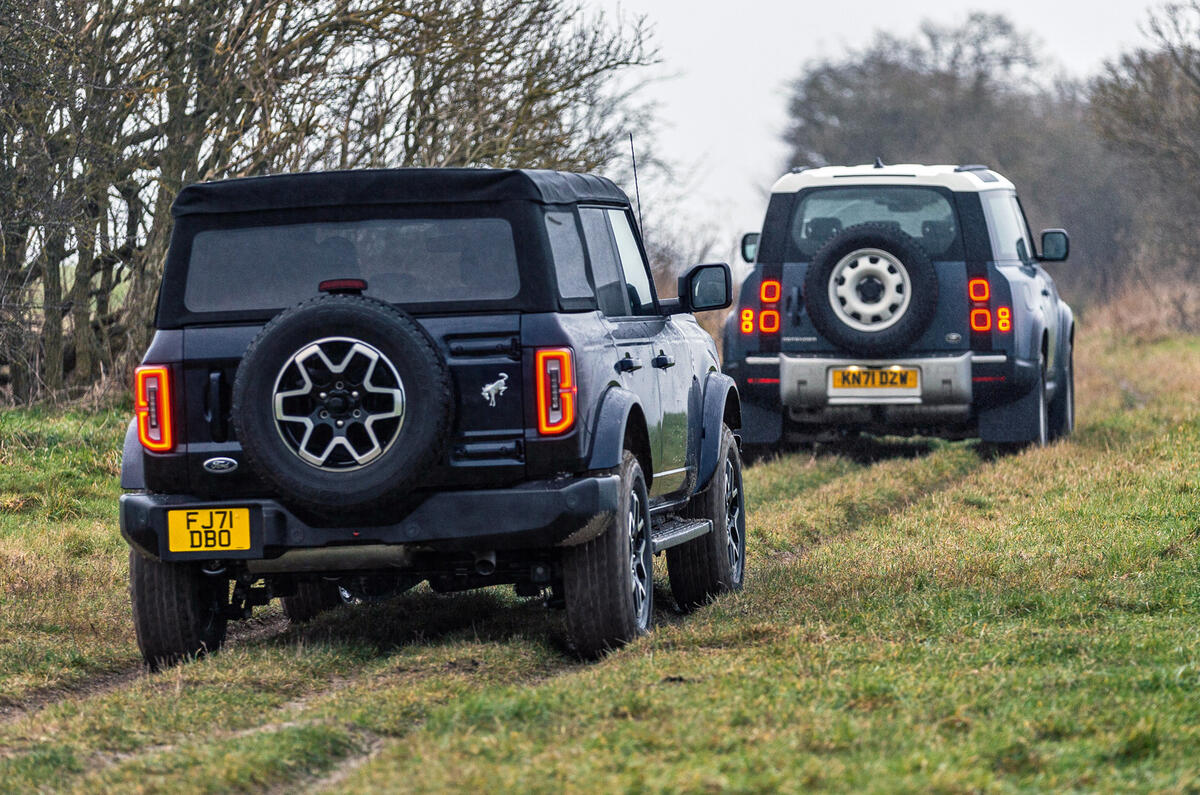

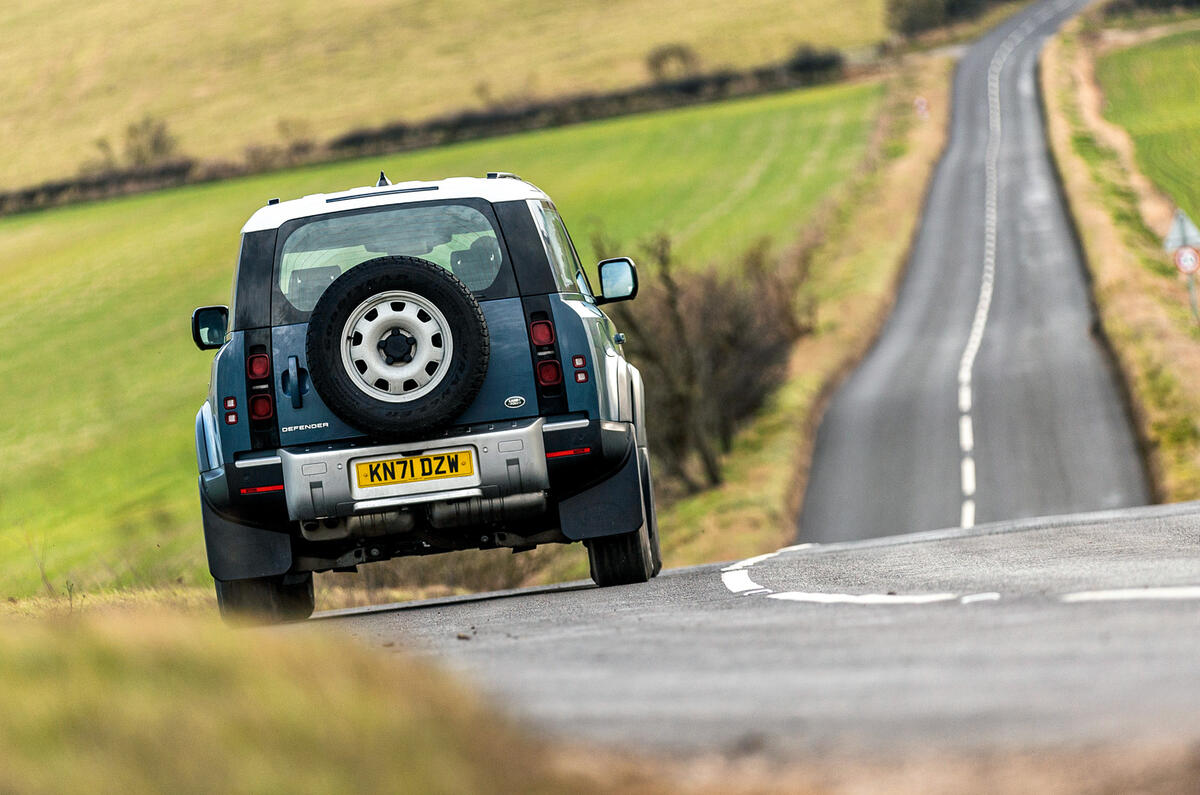


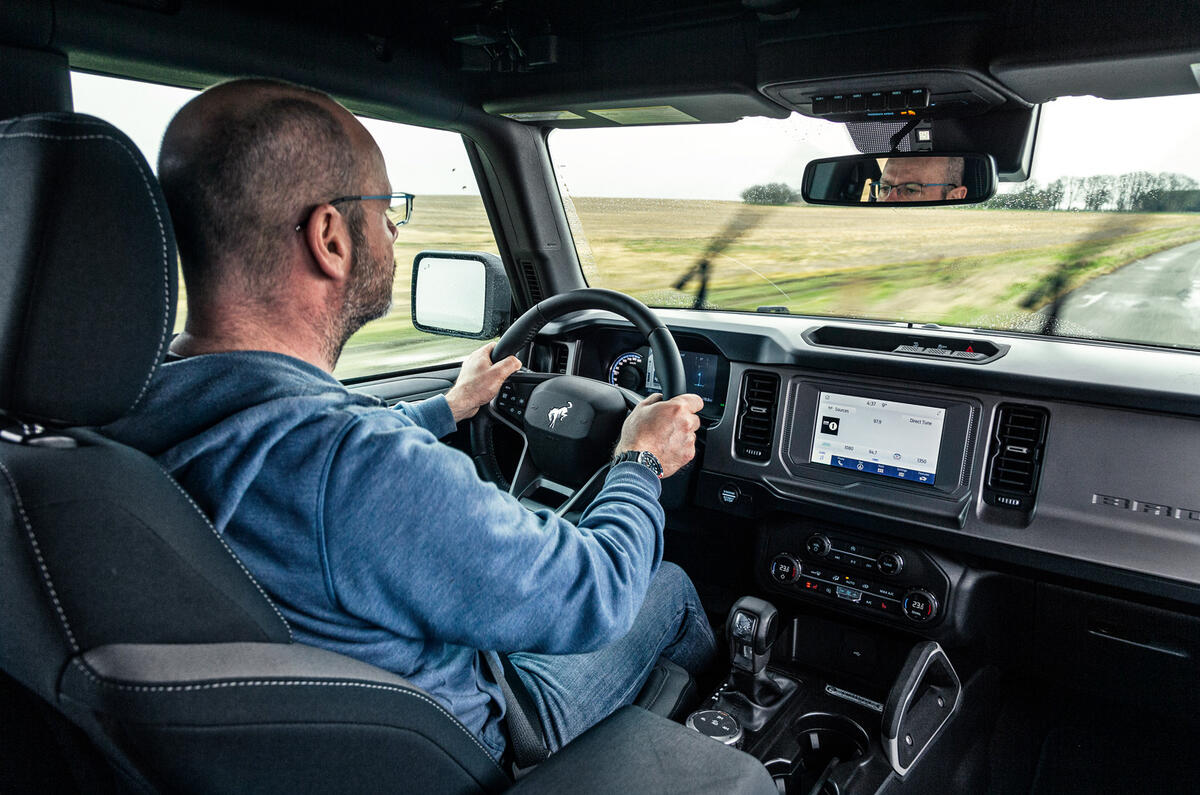
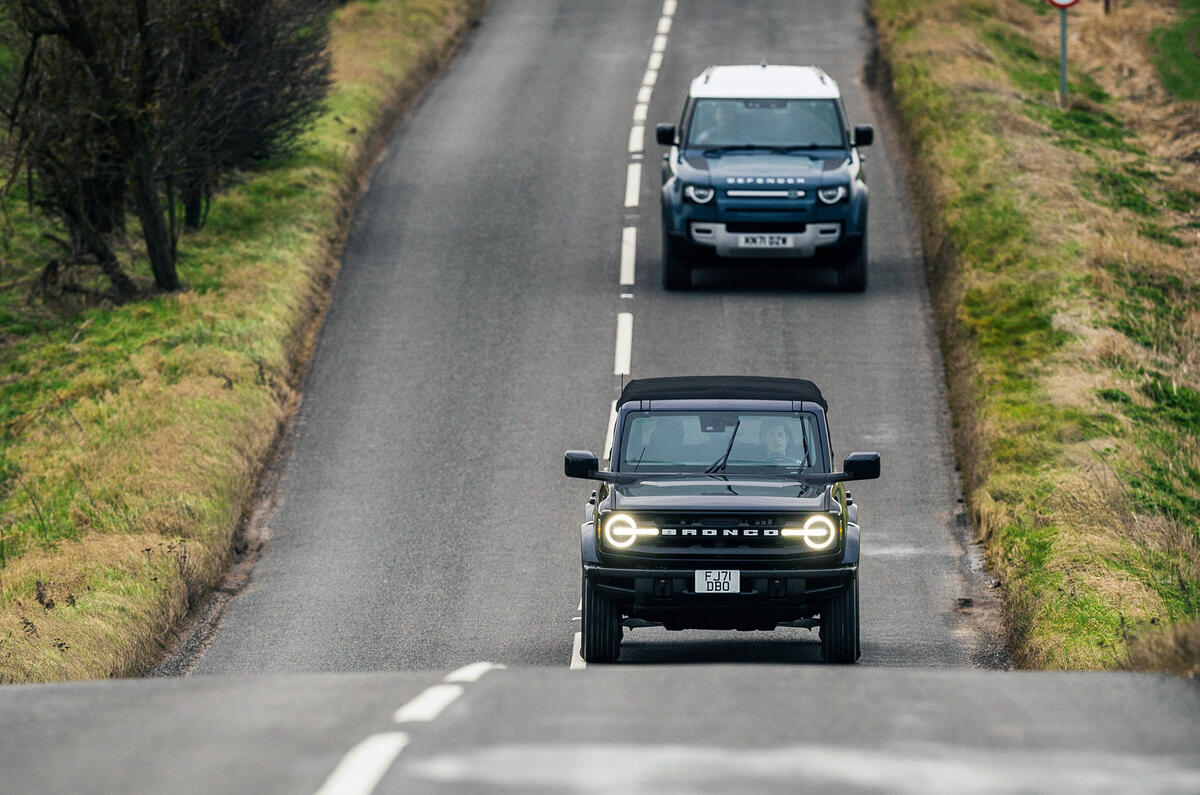
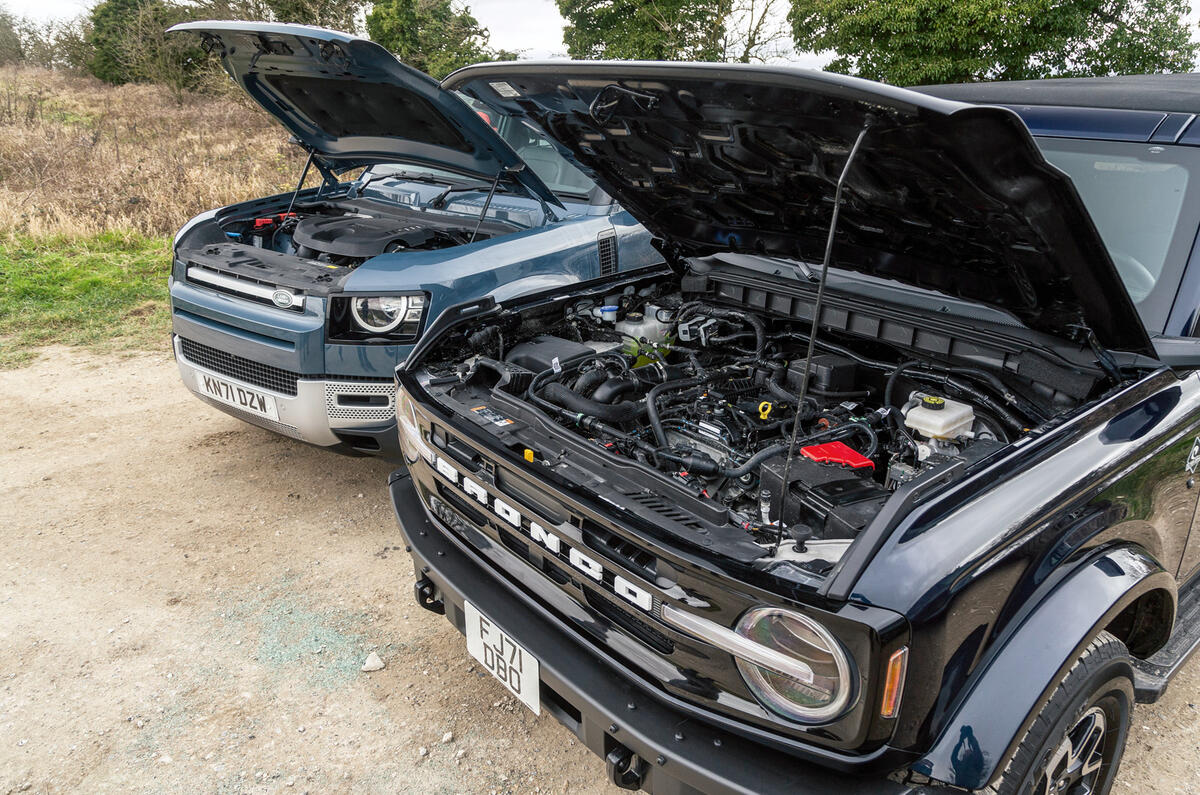
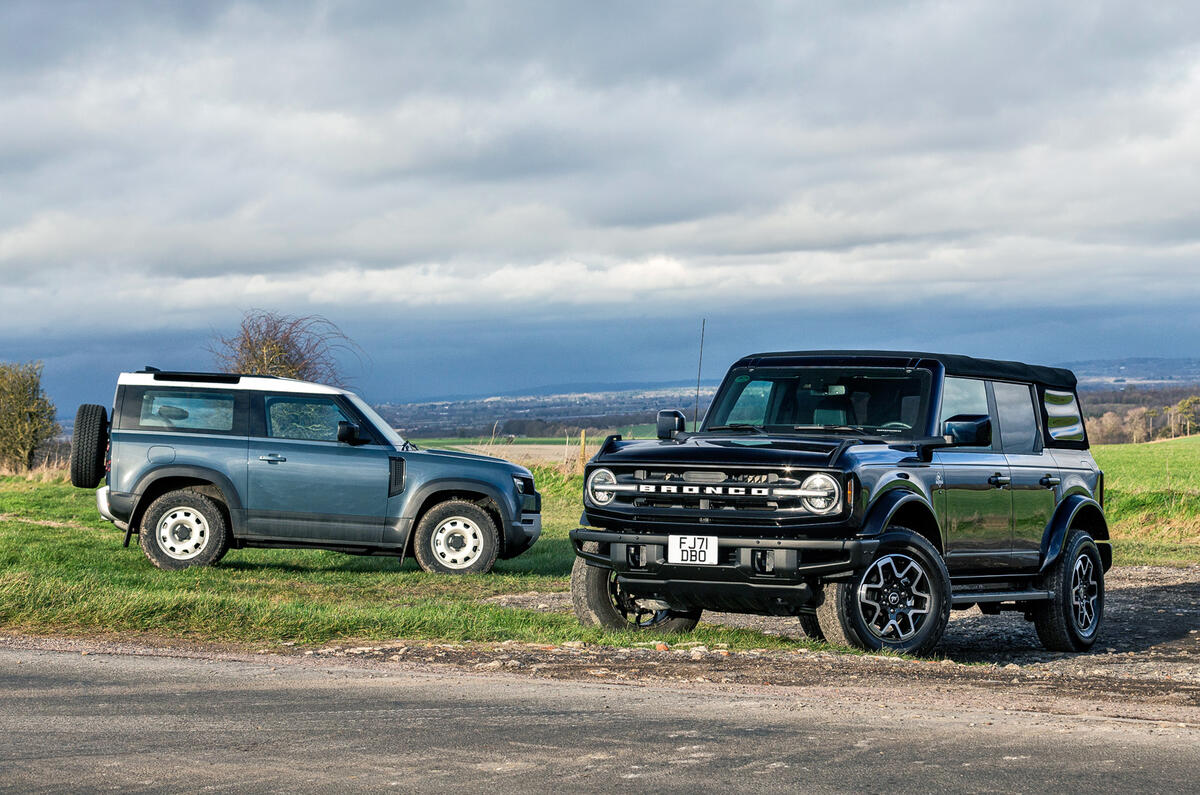
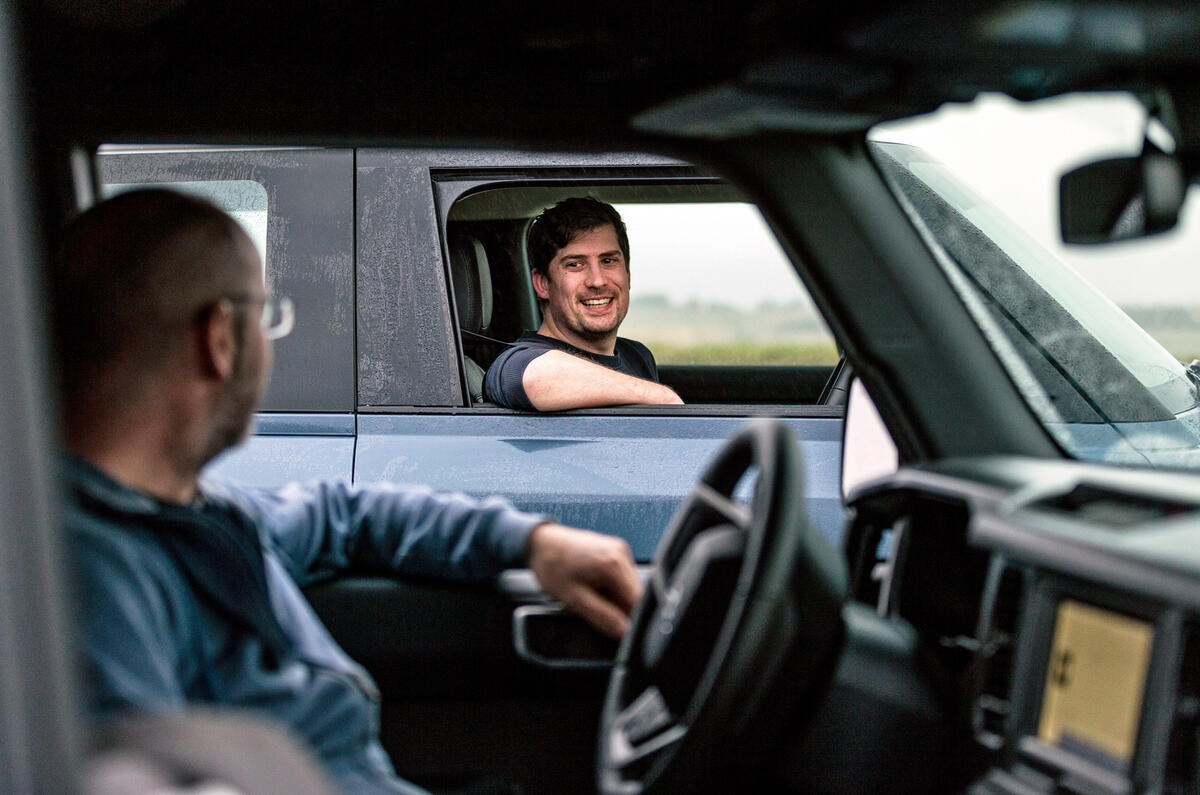
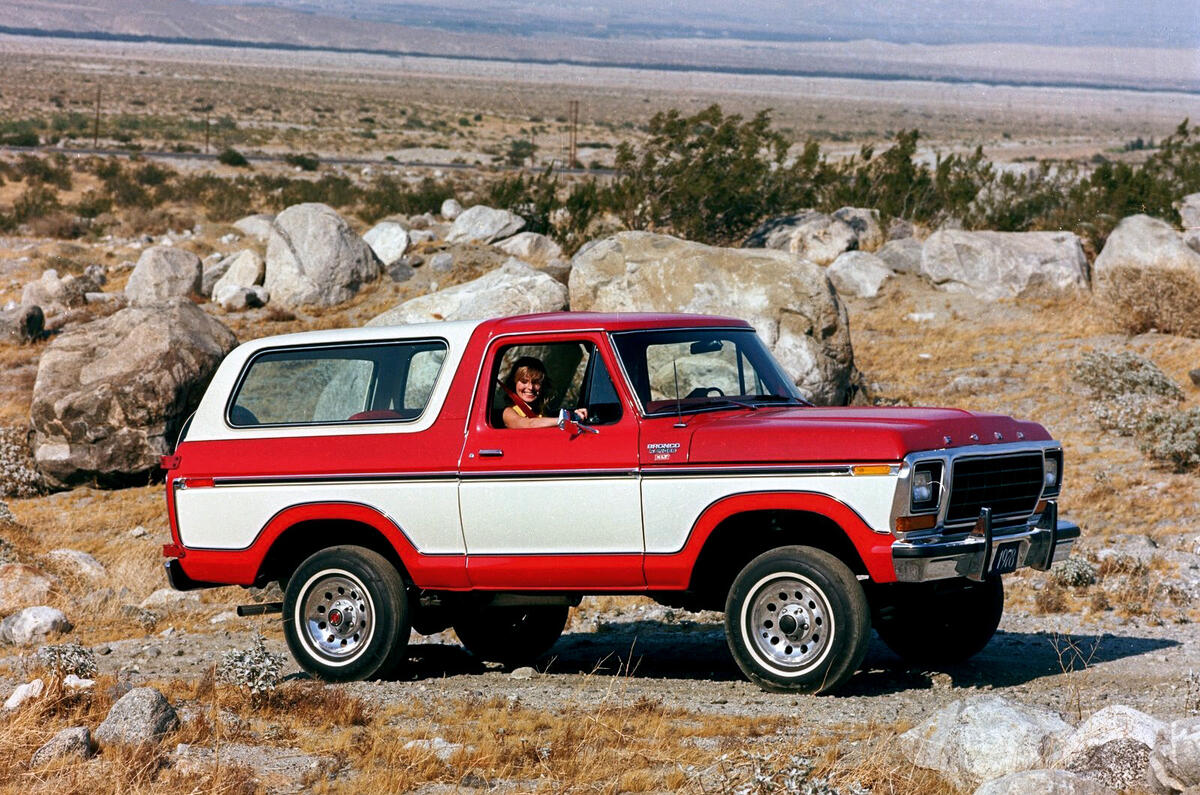


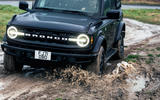
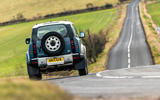
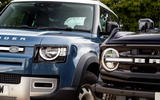
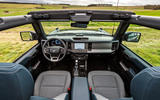


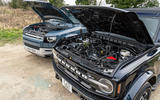


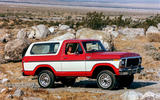

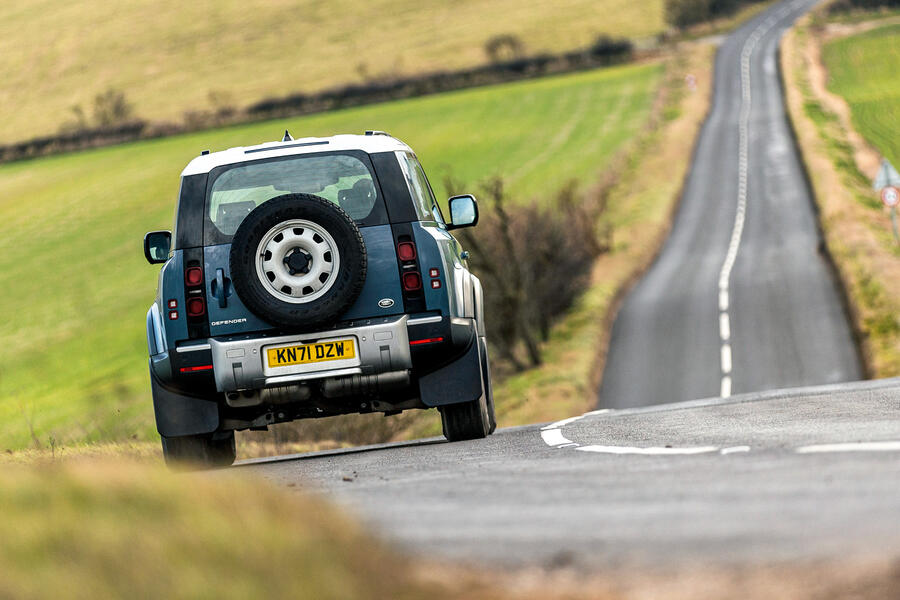
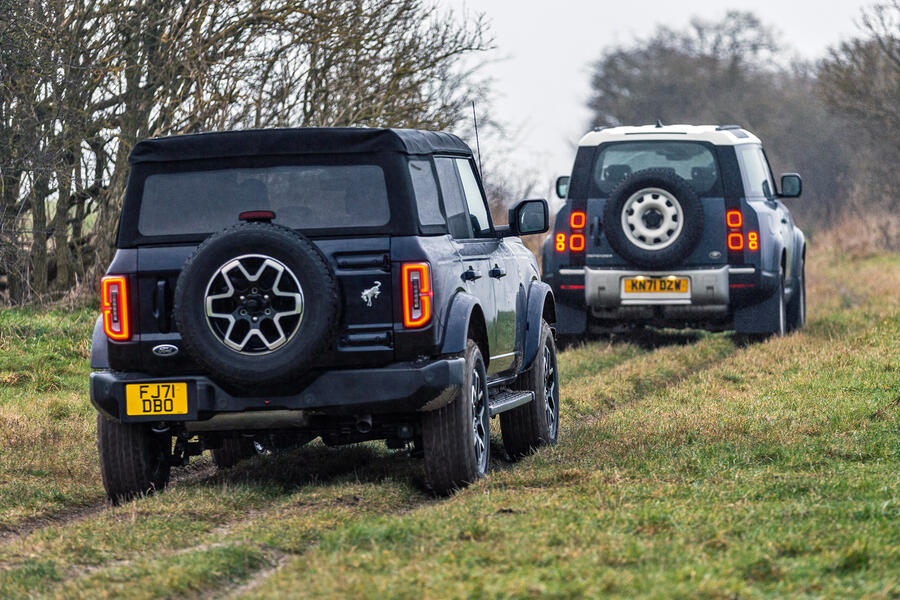

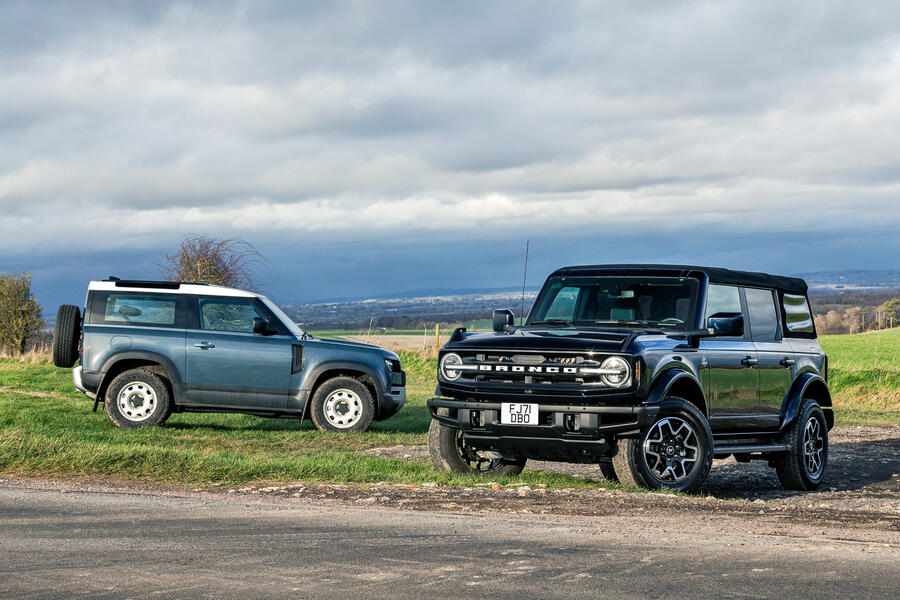
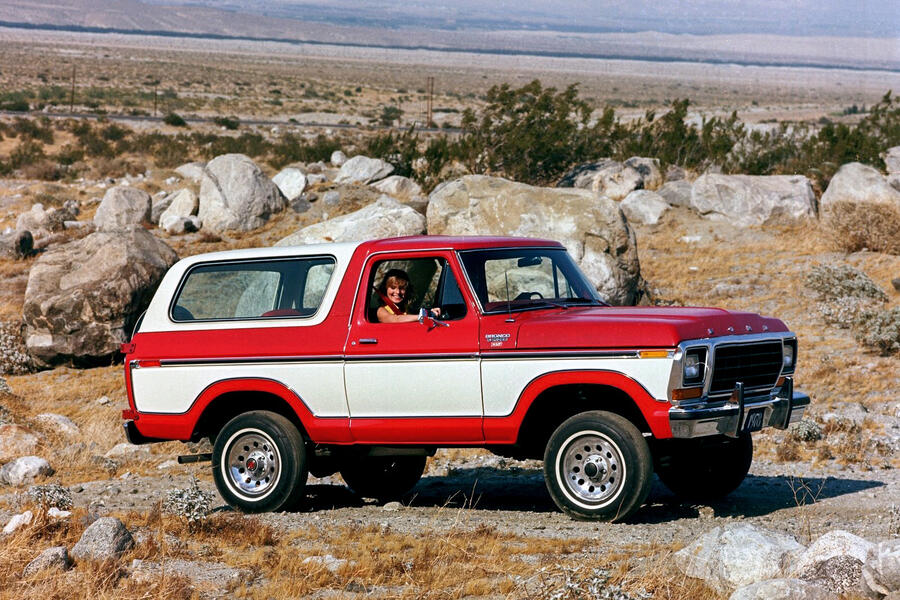




Join the debate
Add your comment
As has been said, they are aiming at completely different markets. A quick interenet search on US prices revealed:
Ford Bronco $30,800 (2 door) and $34,700 (4 door).
A Land Rover Defender - "base cost of $83,500 for the two-door Defender X and $86,000 for the four-door Defender X. The all-new Defender V8 models are even pricier: A two-door model will start at between $102,200 and $109,000, while the four-door V8 Defender starts at between $105,400 and $112,200.
The Defender is two and a half times the price of the Bronco.
But surely the Bronco is closer to how the defender should really be? Cheaper and a bit more utilitarian, whereas now the defender is more or less as plush and isolated as a discovery and RangeRover, the defender has moved out of its old market and in to the same space as it's discovery sibling.